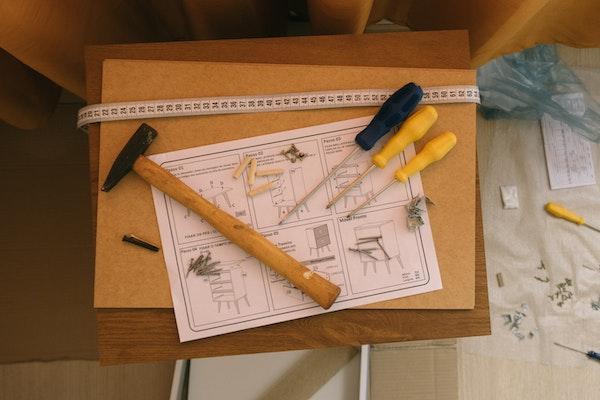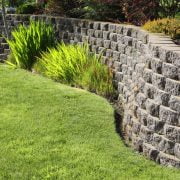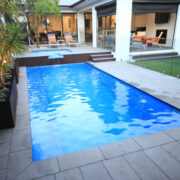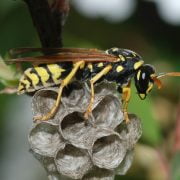Bookcases are perfect for small spaces and help keep your bookcase hidden from view. But they are not only useful for books. They also provide a space for displaying various items – from collectibles to family keepsakes and everything in between.
Types of Slides
There are two types: flat slides and cantilever slides. The difference between them is the distance between a support bar and a shelf; this is called the shelf length. The shelf length is measured horizontally, while the slide’s height is measured vertically.
Things to Think About When Installing
-How much space is available on your wall? How big of an item do you want to display? Are you planning to store other things behind it for security?
-Is your wall smooth or textured? Smooth walls are preferable because they are easier to hang. If your wall is textured, you can use a small piece of sandpaper or fine-grit sandpaper with some wood glue to help get a smooth finish. You’ll want to ensure that you sand evenly across the wall’s surface.
-What kind of material make your bookcases? You may need a different shelf slide if you are wood or metal. Find out what type of shelf slide you need before you purchase it.
Steps to Install Properly
Step One: Pre-drill Holes
If you are installing a shelf slide in drywall, pre-drilling is essential to prevent the shelf from pulling away from the wall and losing its hold. The holes will also avoid cracking or damaging the wall. This step is crucial for proper installation.
Step Two: Put Anchors in Place
After you have pre-drilled a hole, put the shelf, slide the anchor in place, and close the back of the shelf on top. Then, wait to tighten anything yet. Once the anchor is in place, tighten both screws given to you by the manufacturer. It should ensure that the anchor is placed correctly and will stay placed when putting weight on it.
Step Three: Place the Slide on the Wall
If your shelf slide comes with screw-in plates, place them in the holes you pre-drilled and screw the screws in to hold the leaves in place. If you have a nail-on type of shelf slide, fix it with wall anchors by placing one side of the anchor on the wall and hammering it all down.
Step Four: Place the Second Shelf on Top
At this point, you should have both a top and bottom bar in place. Next, place the next shelf on top of it. The third bar will be installed at this step. One must complete all other measures before placing the final bars.
Step Five: Place the Other Bars on Top
While the top and bottom bars are on their own, you will want to install all three bars at once. With all three bars in place, screw each one into place.
Step Six: Mark Screw Placement
Next, use a pencil to mark where you will place the screws. Once this step is completed, you can drill the holes and put your shelf slide together.
Step Seven: Place the Top Bar in Place
Place the top bar on the anchor and put all the screws to install it. Then, place one screw on each side of the bottom bar and tighten them down with a screwdriver.
Step Eight: Place the Bottom Bar in Place
Next, place the bottom bar on top of the top bar and tighten it down with a screwdriver.
Step Nine: Finish the Installation and Tighten Everything Down
You should now have a fully assembled shelf slide. Next, use your drill and drill bit to drill holes in the top and bottom bars, ensuring that you don’t drill all the way through.
Step Ten: Cut Excess Anchor Material Away
Once all your screws are tightened down, you can cut off any excess anchor material you may have. If you do, it will prevent some difficulty with the shelf and prevent it from sliding correctly.
The Bottom Line
Shelf slides are some of the most common additions to a bookcase; they create a convenient, out-of-the-way place for storing books and other items that one can pull out on demand. Now that you know how to install it properly, you can start planning your bookcase and envisioning the items you will put on display.














Comments